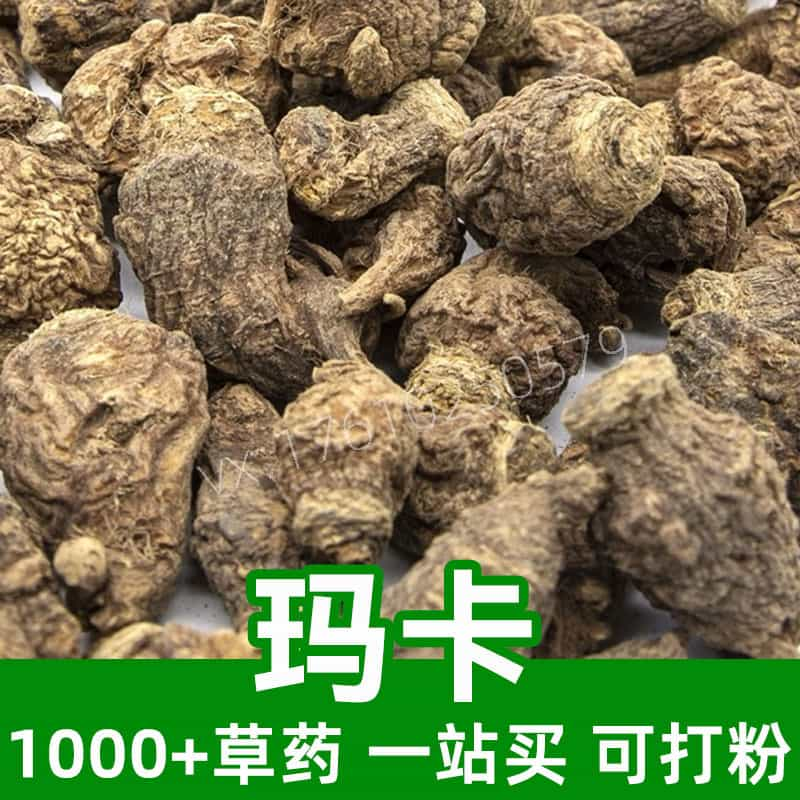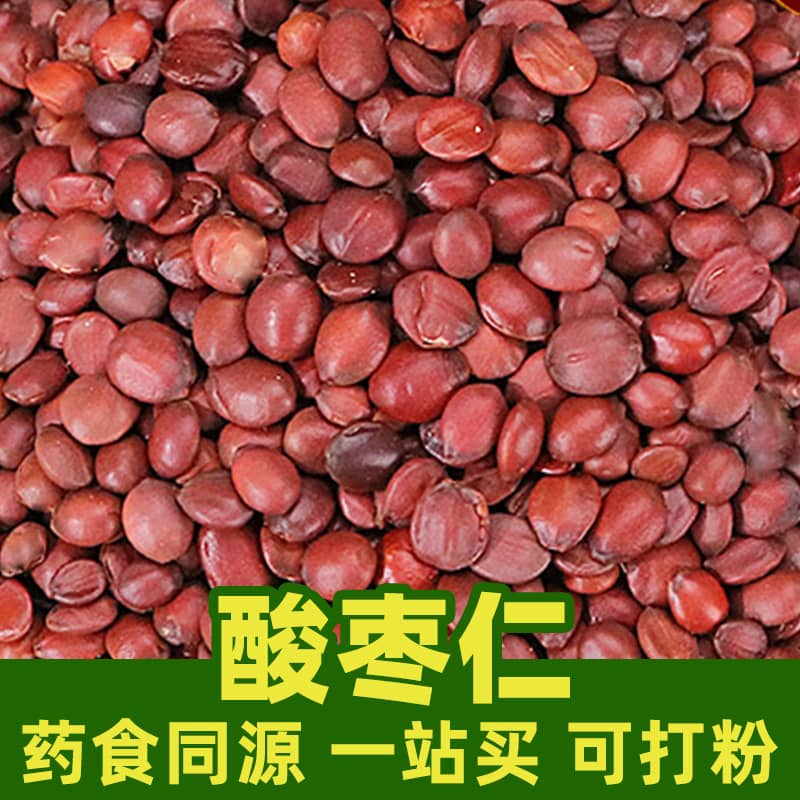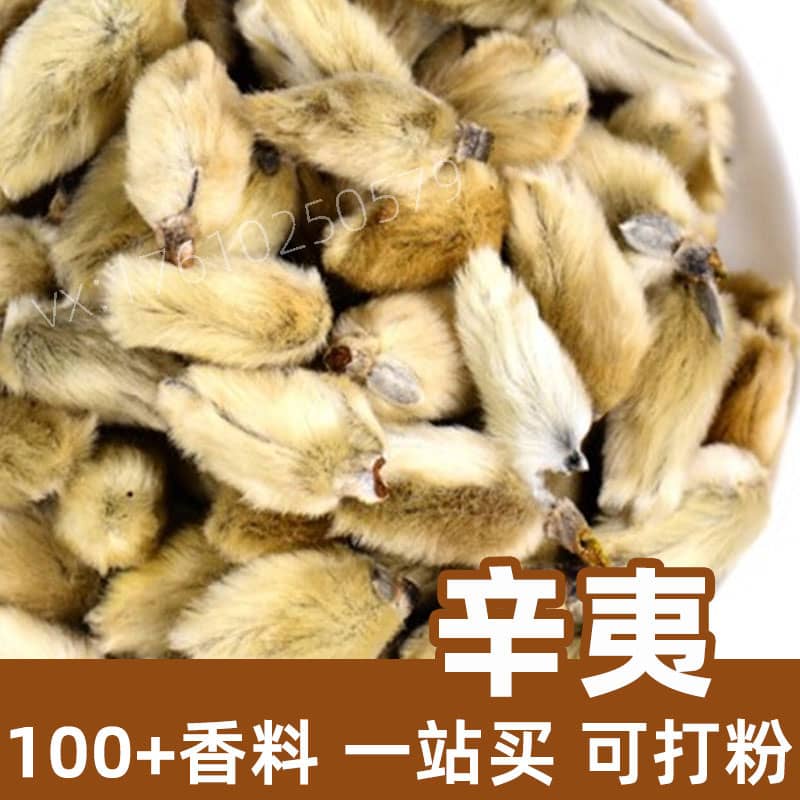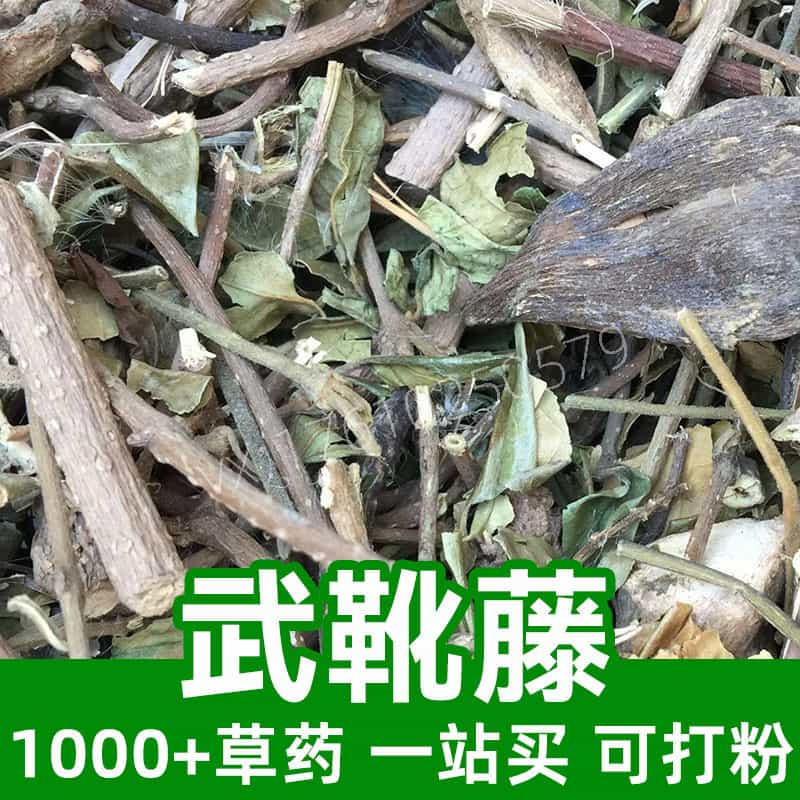Holy Berry Product Introduction
Holy Berry is a fruit native to South America. Its main ingredients include rich amounts of Vitamin C, Vitamin A, anthocyanins, flavonoids, and other antioxidants, as well as minerals and fiber. Holy Berry has a sweet and sour taste, and is associated with the liver and spleen meridians. In food processing, it is often used to make jams, juices, wines, etc. It can also be consumed raw, offering a sweet-tart flavor. In health supplements, it is widely used to regulate immunity, boost antioxidant levels, and help prevent colds, supporting overall health.
Main Active Ingredients of Holy Berry
Holy Berry's main active ingredients include:
- Vitamin C: Holy Berry is rich in Vitamin C, one of its most important active ingredients. Vitamin C has antioxidant properties, helping protect cells from free radical damage, boosting the immune system, promoting collagen synthesis, and supporting skin health.
- Vitamin A: Holy Berry is high in Vitamin A precursors like beta-carotene and lutein. Vitamin A is crucial for eye health, skin, and mucous membranes, and has antioxidant properties that help maintain immune function.
- Anthocyanins: Holy Berry contains abundant anthocyanins, which are potent natural antioxidants with anti-inflammatory, anticancer, blood sugar-lowering, and lipid-lowering effects.
- Flavonoids: Holy Berry also contains various flavonoids such as quercetin and rutin. Flavonoids have antioxidant, anti-inflammatory, and antibacterial properties, promoting cardiovascular health and preventing inflammation.
- Minerals: Holy Berry is rich in potassium, calcium, magnesium, zinc, and other minerals, which are essential for maintaining overall health and normal physiological functions.
- Dietary Fiber: Holy Berry contains abundant dietary fiber, which promotes digestive health, prevents constipation, and supports cardiovascular health.
These ingredients make Holy Berry a fruit with antioxidant, anti-inflammatory, immune-regulating, and digestive-promoting properties, widely used in the food and health supplement industries.
Applications and Dosage of Holy Berry
Holy Berry has a wide range of applications in traditional medicine and food, mainly in the following areas:
- Traditional Medicine Applications:
- In traditional medicine, Holy Berry is considered a nourishing food with both medicinal and dietary uses. It is often used to regulate blood and energy, nourish the liver, and moisten the lungs to stop coughing.
- It has detoxifying, heat-clearing, and lung-nourishing properties, commonly used in formulas to treat coughs due to lung heat and symptoms related to liver and kidney Yin deficiency.
- In traditional medicine, Holy Berry is often paired with other herbs such as goji berries, lily, and mulberry to enhance its therapeutic effects.
- Food Applications:
- Holy Berry can be used to make jams, juices, wines, cakes, and other foods, providing rich flavor and nutrition.
- The fruit has a unique flavor and texture, making it suitable for fresh consumption or added to yogurt, ice cream, and salads to enhance taste and nutritional value.
- It is also used in making health supplements such as Holy Berry extract and capsules to support overall health and boost immunity.
- Dosage and Usage:
- Raw consumption: Holy Berry fruits can be eaten fresh or processed into jams, juices, and other foods.
- Herbal decoction: Wash a suitable amount of Holy Berry fruits and add them to water to boil, often combined with other herbs. Typical dosage is 10-30 grams.
- Tea: Holy Berry can be brewed with other herbs into a tea with heat-clearing, lung-nourishing, and blood-nourishing effects. Usual dosage is 5-10 grams.
In food applications, the dosage can be adjusted based on personal taste and needs. For medicinal purposes, it is advised to follow the guidance of a healthcare provider or herbalist. Overall, as a natural food and medicinal material, Holy Berry is beneficial to health when consumed in moderation. However, excessive use or long-term overconsumption may lead to adverse reactions, so caution is recommended.
Introduction, Distribution, and Growing Environment of the Holy Berry Plant
Holy Berry, scientifically known as *Rubus chingii Hu*, belongs to the Rosaceae family and is a perennial herb with both medicinal and edible value. Below is detailed information about its source plant, distribution, and growing environment:
- Source Plant Introduction:
- Holy Berry is an evergreen shrub, part of the rose family, and is also known as Holy Tea and Sheep Vine. It typically grows in mountain forests, stream sides, forest edges, and shrubbery at the foot of mountains.
- The plant's stems are upright, sometimes creeping, generally ranging from 30 to 100 cm tall, covered with fine thorns and sometimes short soft hairs.
- Distribution:
- Native to China, Holy Berry is mainly found in the provinces of Fujian, Guangdong, Guangxi, Yunnan, Hunan, Guizhou, and Jiangxi, particularly in the southern regions.
- In addition to China, Holy Berry can also be found in some tropical and subtropical regions of Southeast Asia.
- Growing Environment:
- Holy Berry prefers warm, humid environments, typically growing at altitudes of 800-1500 meters in mountainous forests.
- It thrives in sunny, well-ventilated areas with fertile, well-drained soil. While not overly picky about soil type, it prefers loose, fertile, and moist soil.
- The plant is adaptable to harsh environments, growing on barren mountain cliffs or in rocky crevices along streams. However, its growth rate and yield are affected by the environment.
Overall, Holy Berry is a perennial herb that grows in the mountainous forests of southern China. It is not particularly demanding in terms of growing conditions, but it thrives in warm, humid environments with plenty of sunlight and fertile, well-drained soil.
Harvesting, Processing, and Storage of Holy Berry
The harvesting, processing, and storage of Holy Berry are crucial steps in ensuring its quality and medicinal value. Below is an introduction to these processes:
- Harvesting:
- The best time to harvest Holy Berry is during the fruit's ripening season, usually from summer to early autumn. The fruit turns red or dark purple when ripe, indicating it is ready for harvest.
- Harvesting should be done on dry, sunny days with moderate temperatures, avoiding rainy or excessively hot weather.
- Processing:
- After harvesting, Holy Berry fruits should be promptly washed to remove impurities, then air-dried or wind-dried to reduce surface moisture.
- The fruits can be sun-dried or oven-dried, and once fully dried, they can be eaten directly or used in the production of medicinal products.
- Storage:
- Before storing, make sure the Holy Berry fruits are dry and free from mold.
- The fruits should be stored in a well-ventilated, dry, and cool place, away from direct sunlight and humid conditions to prevent spoilage and mold growth.
- For long-term storage, the fruits can be placed in breathable containers and stored in a cool, dry place, or dried and sealed in airtight containers.
Proper harvesting, processing, and storage methods help preserve the quality and medicinal value of Holy Berry, extend its shelf life, and ensure it retains its beneficial effects for future use.
Monica Sun is a seasoned expert in the natural raw materials industry, with over a decade of experience specializing in traditional Chinese medicinal herbs, spices, and fungi. She is skilled in the sourcing, processing, and application of these materials, emphasizing sustainability and innovation. Monica Sun has contributed to the development of high-quality natural raw materials that serve as essential components in functional foods, pharmaceuticals, and cosmetics, delivering tailored solutions to meet diverse market needs.















